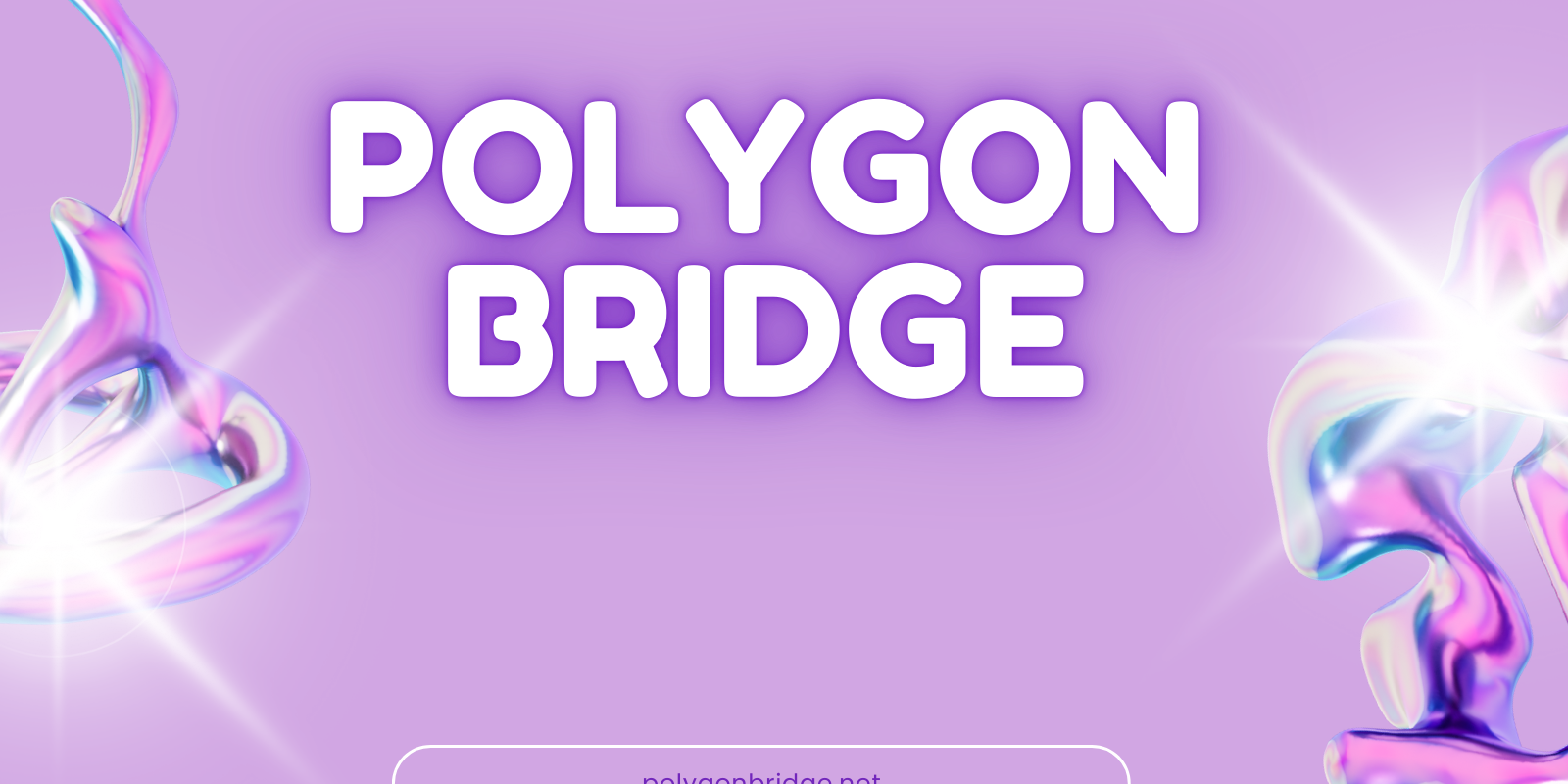
Introduction
As blockchain ecosystems continue to expand, the need for efficient cross-chain asset transfers has grown significantly. Polygon Bridge is one of the key solutions designed to facilitate seamless movement of assets between Ethereum and the Polygon network, reducing transaction costs and improving scalability.
In 2025, Polygon Bridge remains a widely used tool, particularly in regions like the United States, where users seek cost-effective alternatives to Ethereum's high gas fees. This article explores the role of Polygon Bridge, its benefits, limitations, and how it compares to other cross-chain solutions.
What is Polygon Bridge?
Polygon Bridge is a decentralized protocol that allows users to transfer tokens and NFTs between Ethereum and Polygon. By leveraging smart contracts, it enables seamless asset movement without relying on centralized intermediaries.
Key Features of Polygon Bridge
-
Cross-Chain Transfers – Facilitates the movement of ERC-20 and ERC-721 tokens between Ethereum and Polygon.
-
Reduced Transaction Costs – Helps users avoid high Ethereum gas fees by utilizing the Polygon network.
-
Security and Decentralization – Operates through smart contracts, ensuring secure transactions without third-party control.
-
Scalability for DeFi and NFTs – Enhances accessibility for decentralized applications and NFT marketplaces. While Polygon Bridge provides these functionalities, users should assess whether it aligns with their needs before transferring assets.
How to Use Polygon Bridge: A Step-by-Step Guide
Step 1: Connect Your Wallet
-
Welcome to Polygon Bridge.
-
Click "Connect Wallet" and select a supported wallet such as MetaMask or WalletConnect.
-
Approve the connection to access the bridging interface.
Step 2: Select Assets to Transfer
-
Choose the network you are transferring from (Ethereum or Polygon).
-
Select the token or NFT you want to bridge.
-
Enter the amount and review the estimated fees.
Step 3: Confirm the Transaction
-
Approve the transaction in your wallet.
-
Wait for confirmation, which may take a few minutes depending on network congestion.
-
Once completed, the assets will be available on the selected blockchain.
Polygon Bridge: Strengths and Considerations
Strengths
✔ Lower Fees Compared to Ethereum – Helps users, including those in the US, avoid high gas costs.
✔ Supports Multiple Assets – Compatible with ERC-20 and ERC-721 tokens.
✔ Decentralized and Secure – Smart contracts manage transactions without third-party involvement.
Considerations
✖ Transaction Processing Time – Bridge transfers are not instant and can take several minutes.
✖ Network Dependency – Congestion on Ethereum or Polygon may impact transaction speed.
✖ Alternative Bridges Available – Competes with other cross-chain solutions such as Hop and Stargate.
Frequently Asked Questions (FAQ)
Q1: Does Polygon Bridge charge fees? Polygon Bridge itself does not charge fees, but users must pay network gas fees, which vary based on blockchain congestion.
Q2: Can I transfer NFTs using Polygon Bridge? Yes, Polygon Bridge supports ERC-721 NFTs, allowing users to move digital assets between Ethereum and Polygon.
Q3: Is Polygon Bridge available in the United States? Yes, users in the US can access Polygon Bridge without restrictions, provided their wallets and tokens are compatible.
Q4: How does Polygon Bridge compare to other cross-chain solutions? While Polygon Bridge is designed for Ethereum-Polygon transfers, other bridges like Stargate and Hop offer multi-chain interoperability.
Q5: Is Polygon Bridge safe to use? Yes, Polygon Bridge operates through audited smart contracts, but users should always verify contract details and security measures before transferring assets.
User Opinions on Polygon Bridge
-
Michael S., US-Based DeFi Trader: "Polygon Bridge helps me save on Ethereum fees, but I always check gas prices before transferring."
-
Sophia R., NFT Collector: "Moving NFTs between Ethereum and Polygon is easy with this bridge, though transaction times vary."
-
Jake M., Crypto Investor: "I use Polygon Bridge often, but I also compare it with other cross-chain options to ensure the best rates."
Polygon Bridge and the Future of Cross-Chain Interoperability
As blockchain adoption grows, cross-chain solutions like Polygon Bridge play an important role in enabling seamless asset transfers. However, platforms like Uniswap and multi-chain DEXs are also integrating bridging features, providing users with additional choices.
For those looking to minimize fees while moving assets between Ethereum and Polygon, Polygon Bridge remains a viable solution, though users should always consider alternative options based on their specific needs.
Conclusion
In 2025, Polygon Bridge continues to provide a functional solution for Ethereum-Polygon asset transfers. While it offers benefits such as lower fees and NFT compatibility, factors like transaction speed and alternative bridging solutions should be considered.
By staying informed about various cross-chain tools, users—especially those in the US—can optimize their blockchain interactions and select the best platform for their specific requirements.